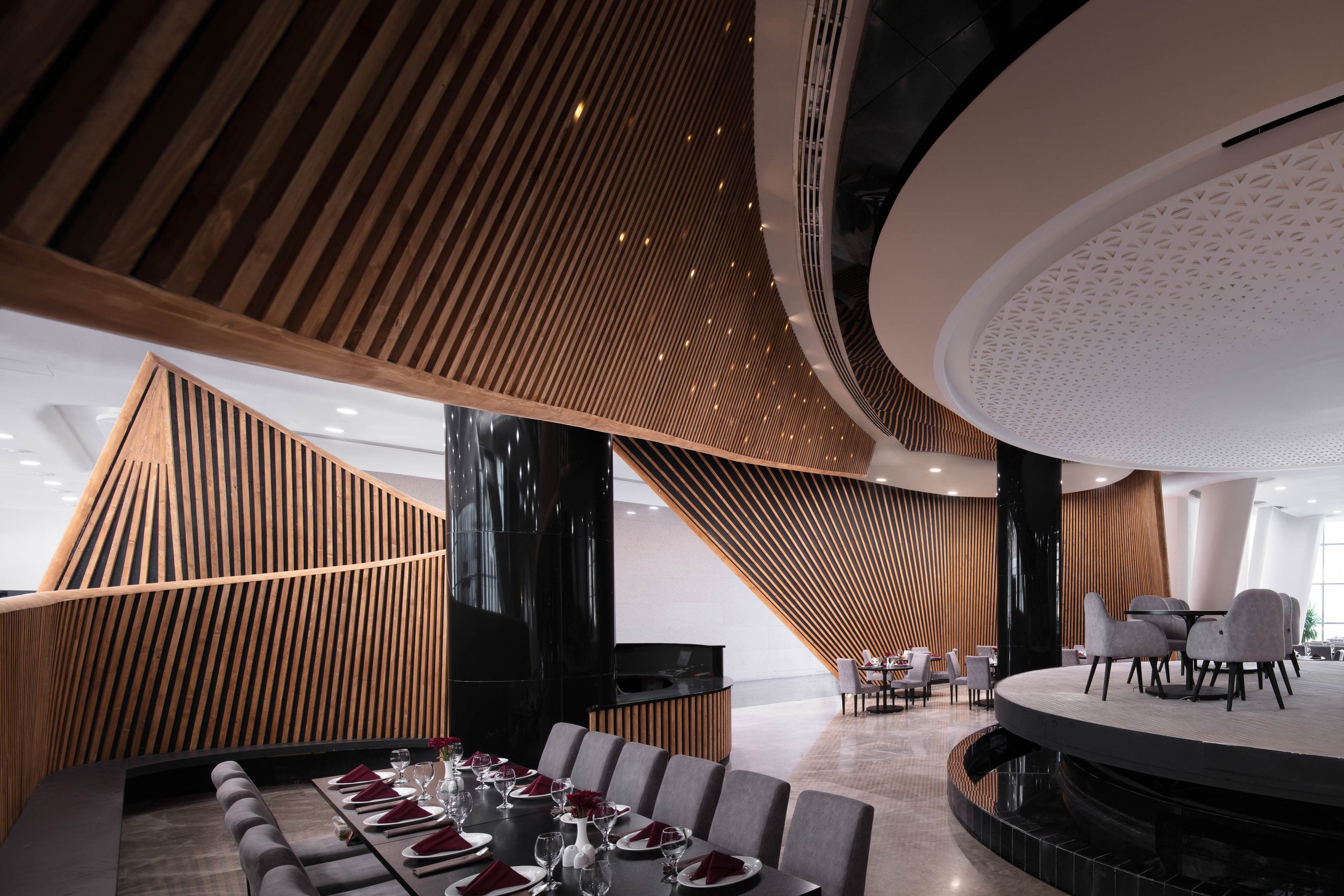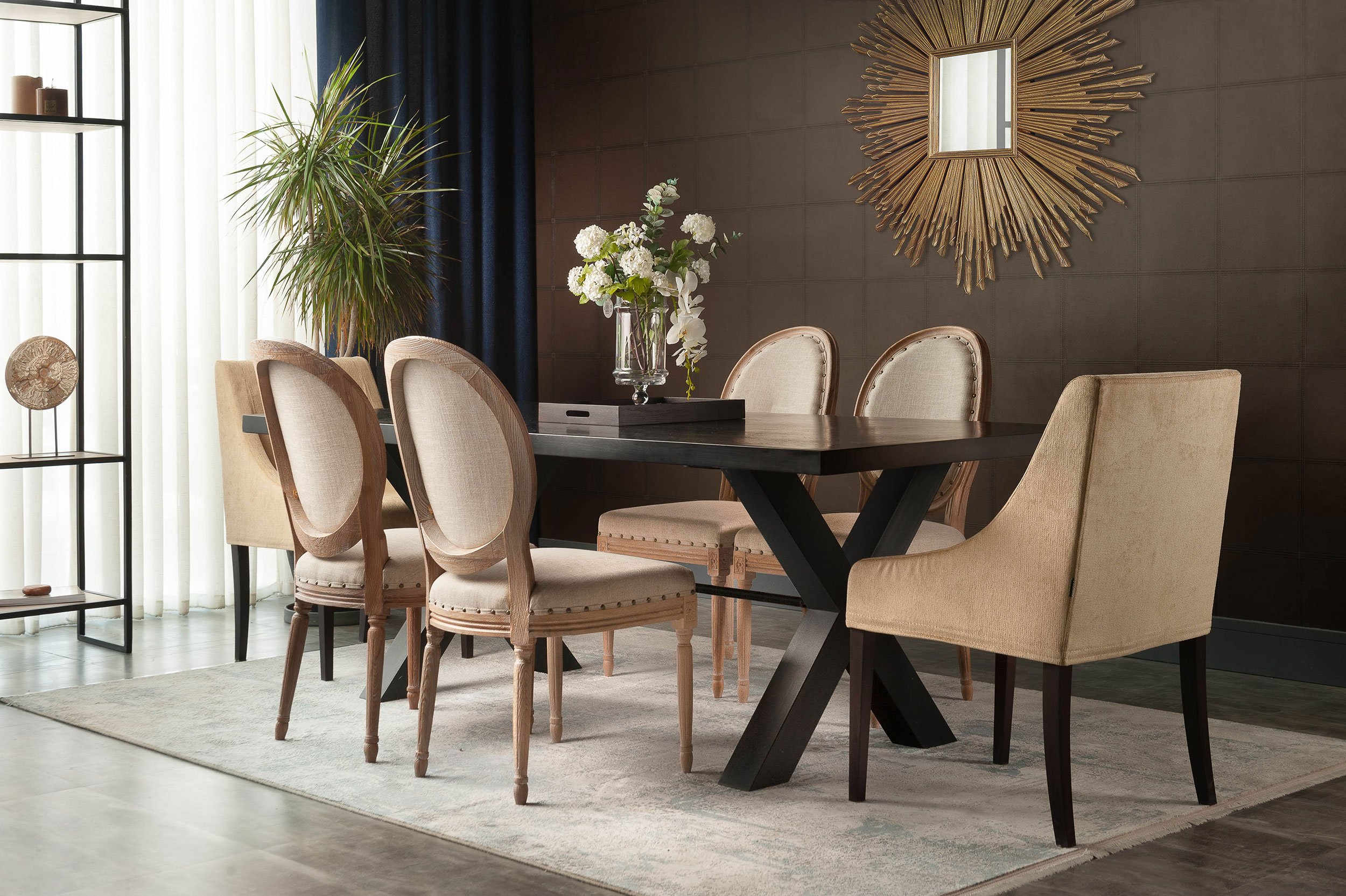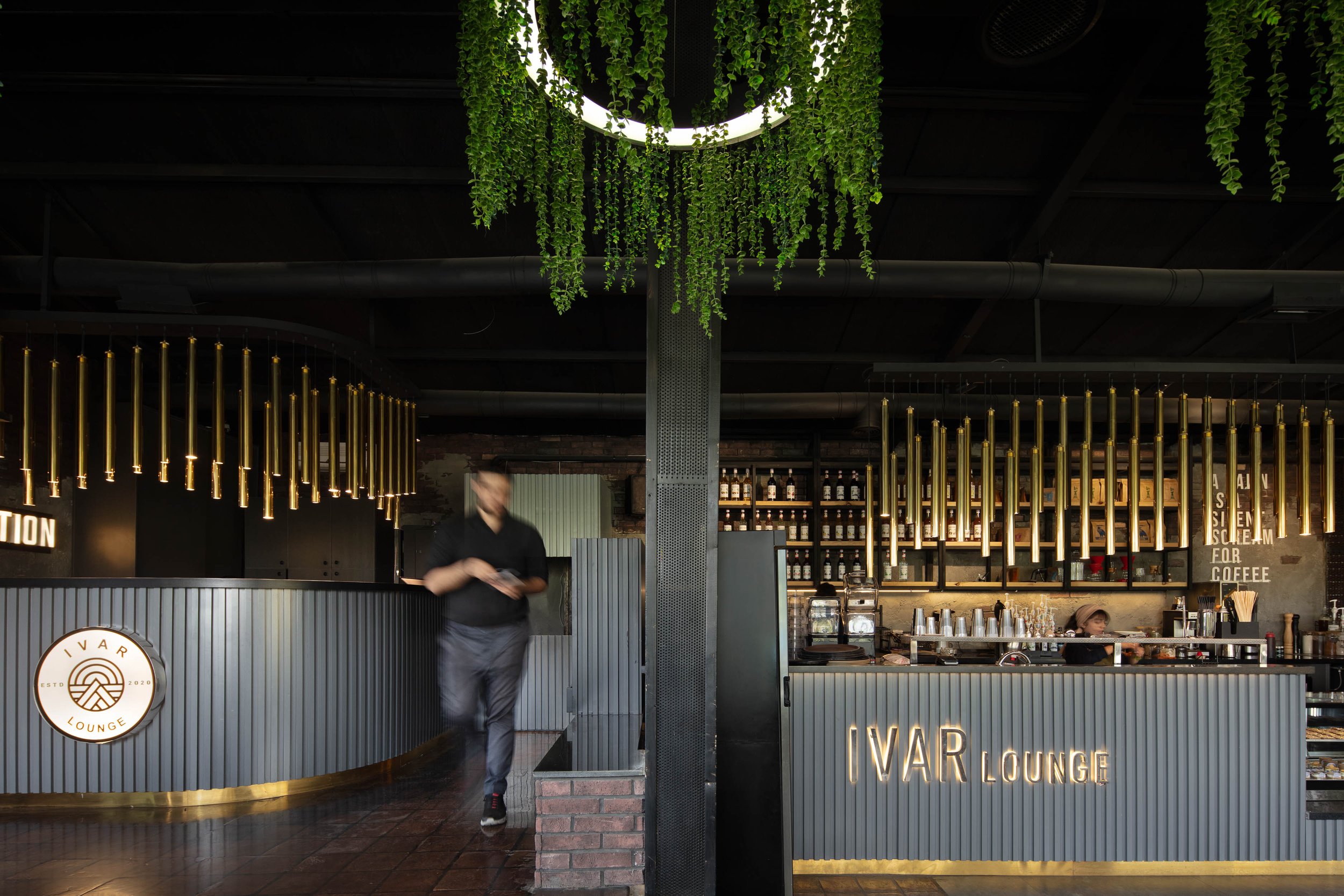Lighting and Perspective: The Art of Creating Impact in Interior Advertising Photography
Lighting and Perspective in Interior Advertising Photography
In today’s competitive world, businesses are constantly seeking innovative ways to attract customers' attention. One of the vital tools in this process is interior advertising photography. By combining art and marketing, this type of photography helps brands showcase their interiors in a captivating and impactful way. In this article, we will explore two key factors in interior advertising photography: lighting and perspective, and demonstrate how these elements can deeply influence customer attraction and strengthen brand identity.
Lighting: Creating Atmosphere in Space
Lighting in interior advertising photography is a crucial factor that can influence the audience's emotions. The right choice of lighting not only enhances image quality but can also convey a specific message to the viewer. In fact, lighting can create an ambiance that is pleasant, modern, formal, or even intimate and friendly.
- Natural Light vs Artificial Light
One of the first decisions in interior lighting is choosing between natural and artificial light. Natural light can beautifully illuminate an interior and give the image a fresh and natural feel. On the other hand, artificial light, especially in spaces such as stores and restaurants, can have a much stronger impact on creating ambiance and evoking different emotions.
For example, in a restaurant, using warm light can create a cozy and friendly environment that encourages customers to stay longer. Meanwhile, in modern office spaces, cold and bright light can convey a sense of professionalism and efficiency.
- The Role of Shadows in Adding Depth
Shadows are also an important part of lighting that can add depth and dimension to an image. Skillful use of shadows, especially in more complex interiors, can highlight different elements and draw the viewer’s attention to details. For example, a wooden table with soft shadows can evoke warmth and comfort.
- Directional Lighting
Directional lighting, which involves using focused lights to illuminate specific parts of a space, is especially useful in showcasing products and interior decor. This type of lighting can emphasize the unique features of any space or product.
Perspective: Changing the Frame to Increase Impact
Perspective is one of the most important factors in creating visually appealing and impactful images in interior advertising photography. Choosing the right perspective can completely alter the appearance of a space and direct the viewer’s attention to specific aspects of the environment.
- High Angle
Photographing from a high angle can make a space appear larger and more expansive. This perspective is commonly used to display large and open spaces, such as living rooms, offices, and stores. With this angle, a sense of freedom and vastness is conveyed to the viewer.
- Low Angle
Low-angle photography is typically used to emphasize specific elements of the interior, such as furniture or decor. This perspective can give objects and interior spaces a powerful and prominent appearance, drawing attention to particular features. In commercial spaces, using a low angle can enhance the sense of authority and credibility.
- Eye Level
The eye-level perspective, typically shot directly from the viewer’s line of sight, is used to create balanced and natural images. This angle is excellent for presenting interior spaces realistically and without exaggeration, fostering a more intimate connection with the viewer.
- Side Angle
Side-angle photography in interiors can be used to showcase the decor or the combination of colors and materials. Especially when paired with proper lighting, this angle can give the space a sense of movement and dynamism.
Combining Lighting and Perspective: Coordination for Greater Impact
The more effectively lighting and perspective are combined, the greater their impact on the viewer. Thoughtful integration of these two elements can create a visually appealing and harmonious space that aligns with the brand's message.
- Lighting and Perspective for Balance
In interior advertising photography, the balance between lighting and perspective is crucial. For example, if you're using a high angle, you need to adjust the lighting to prevent harsh, undesirable shadows. Using soft and diffused lighting can make the space feel softer and more pleasant.
- The Impact of Lighting and Perspective on Branding
Lighting and perspective can directly communicate the brand's message to the viewer. For brands aiming to convey a sense of modernity and innovation, using cold light and low angles may be ideal. Meanwhile, for brands seeking to create a warm and friendly atmosphere, warm light and more conventional angles should be used.
Conclusion: The Impact of Lighting and Perspective in Interior Advertising Photography
Lighting and perspective are two key factors in interior advertising photography that can have a significant impact on how your interior space and brand are perceived. By using appropriate lighting techniques and selecting smart perspectives, you can create images that not only have high visual appeal but also effectively convey emotions and the brand's message. Ultimately, coordinating these two elements can help you effectively present your brand in the competitive world of advertising and create a unique experience for your audience.



Comments
Post a Comment